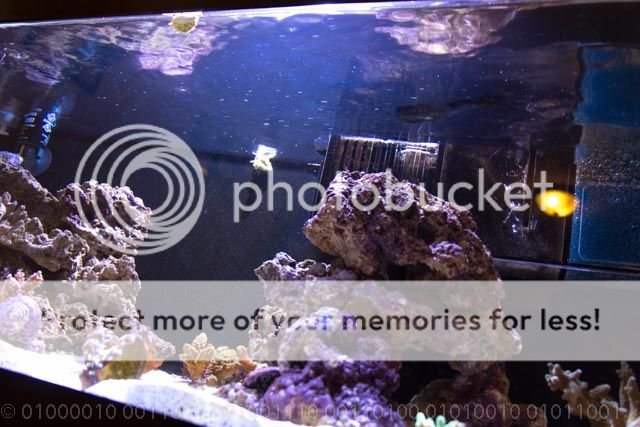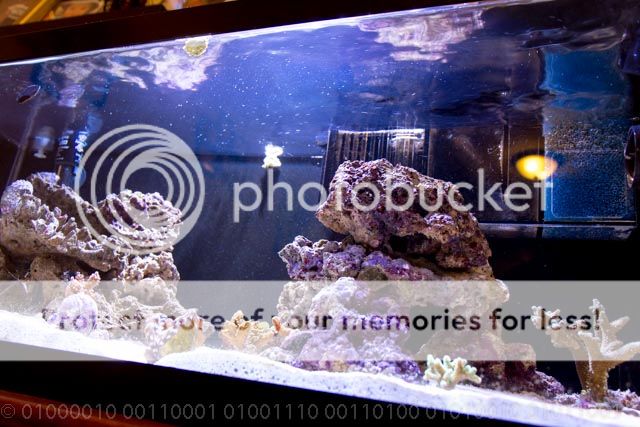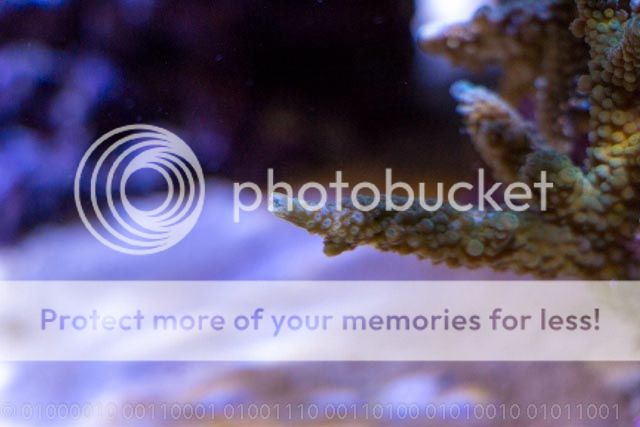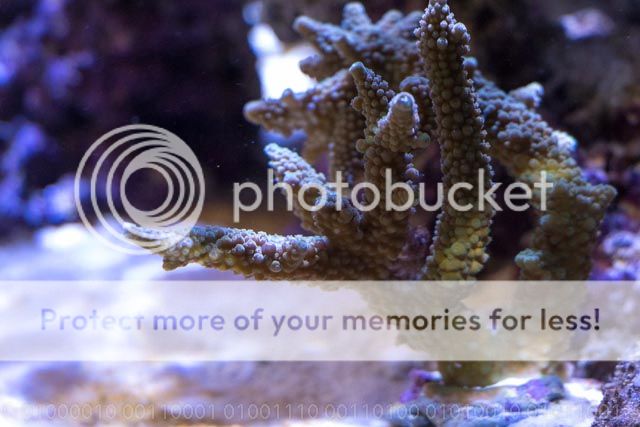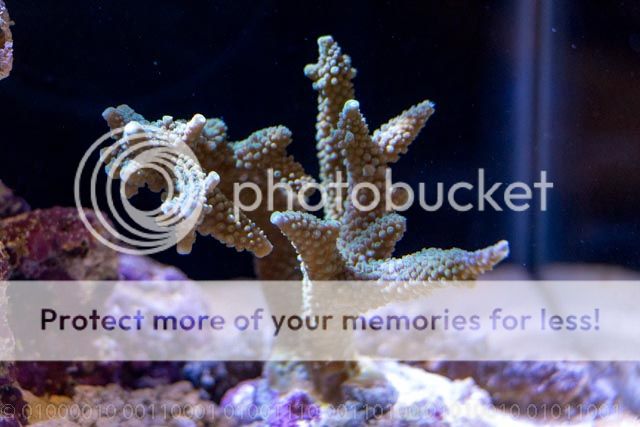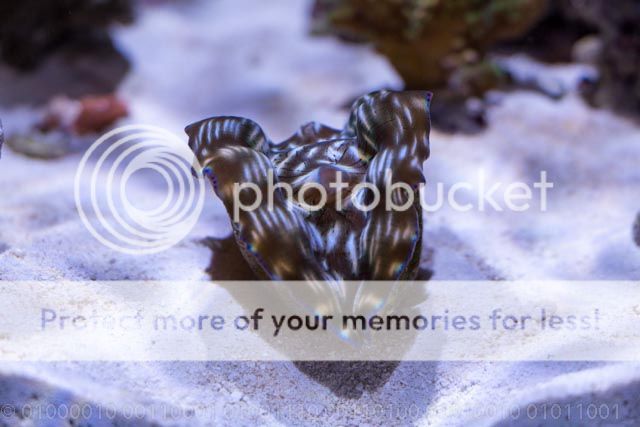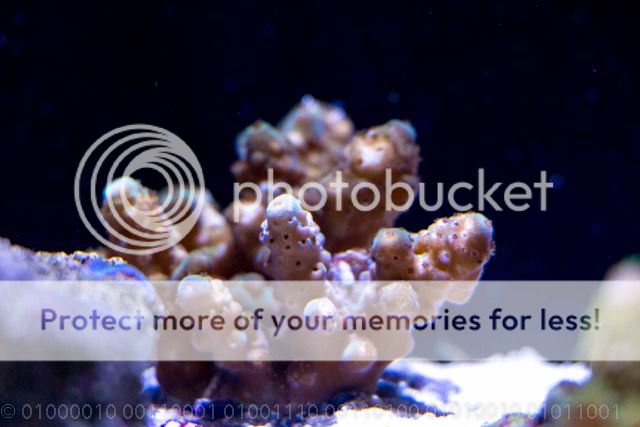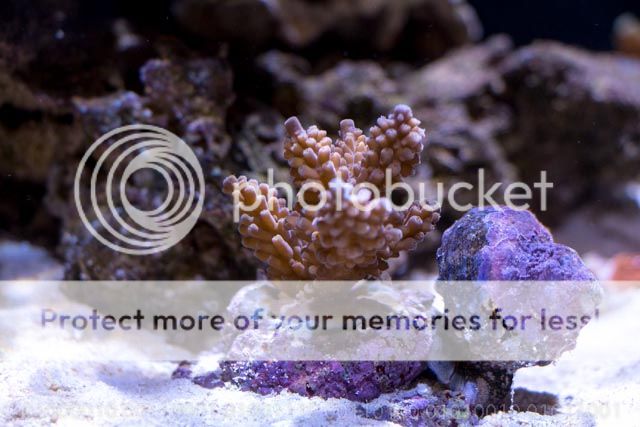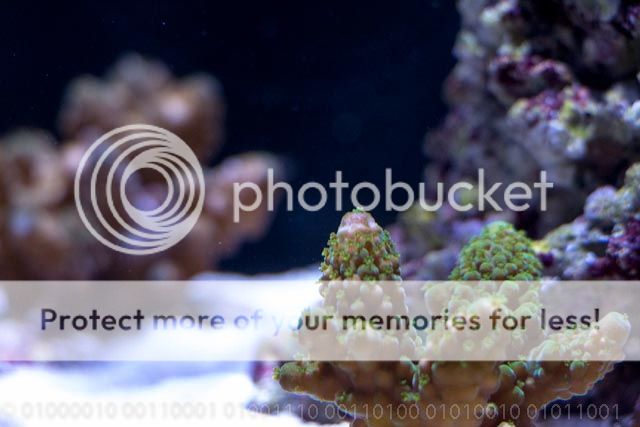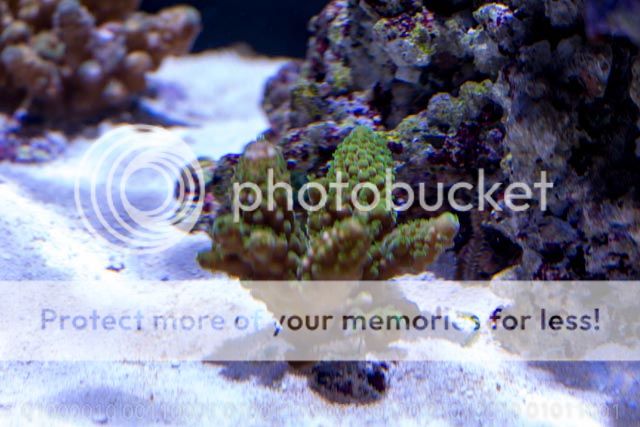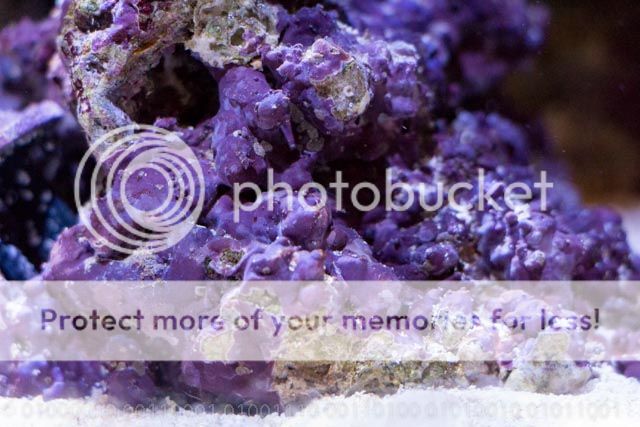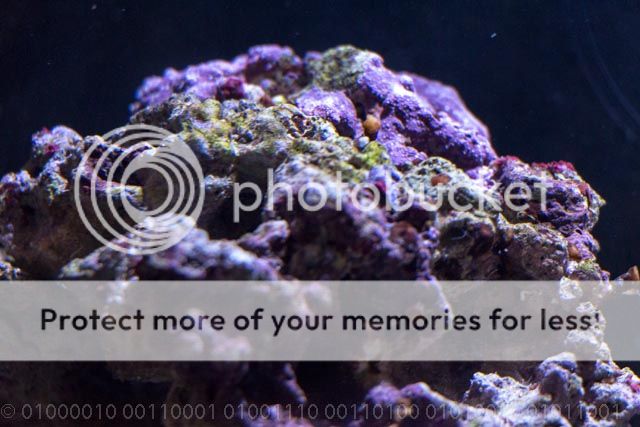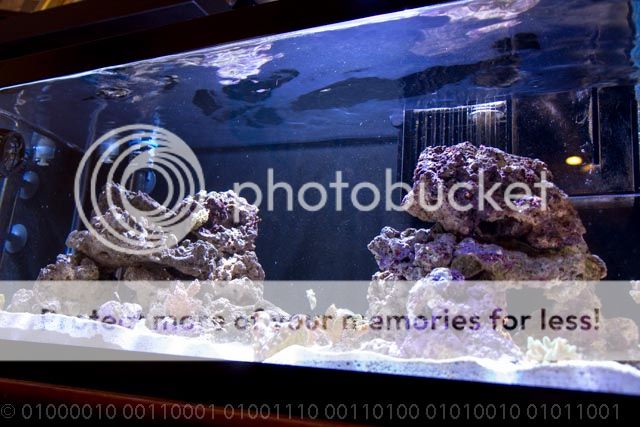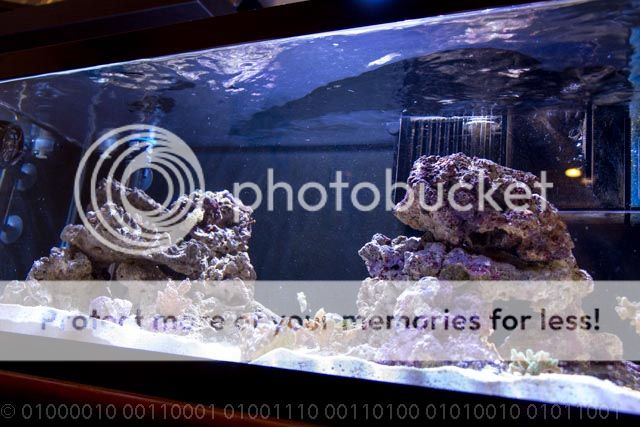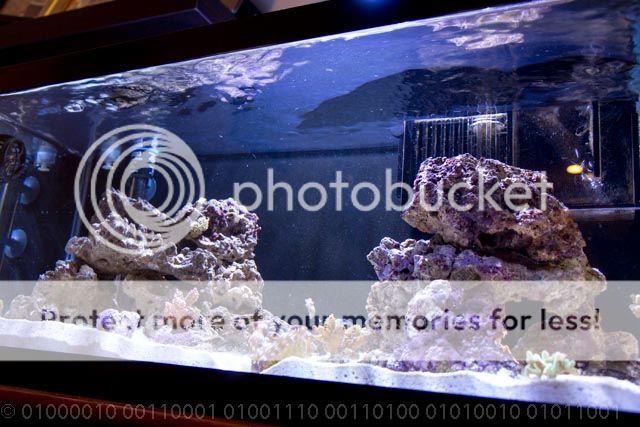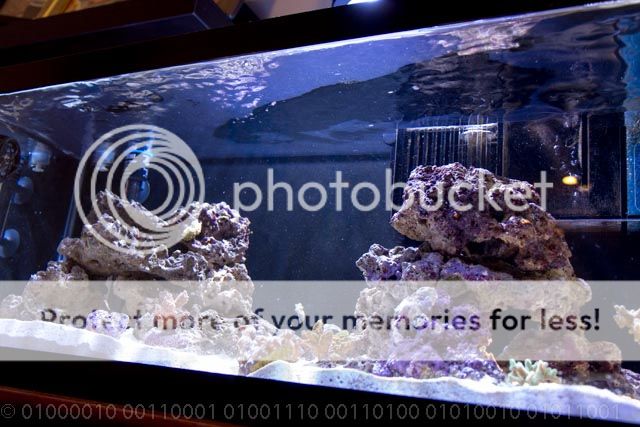EcoTech Marine Vortech MP10 ES RF Module Upgrade.
So I currently operate 2 EcoTech Marine Vortech MP10 ES pumps on my 20 gallon aquarium. One pump was purchased without the Wireless feature and the other came with the wireless feature standard. I have been having a few issues with my pumps in tuning the proper water flow within my aquarium because the pumps were not synchronized wirelessly. If I turn them up too much I get a sandstorm tornado of sugar sized aragonite sand which make my aquarium look like a white Christmas. If I turn them down too low I don't get the proper surface agitation to break up the slime coat on the surface of the aquarium water, mostly due to not having an overflow or surface skimmer (which I don't plan on using because I want the system to be small and manageable). So I placed an order for the RF Module upgraded directly through EcoTech Marine and hopefully I can improve the water flow within the aquarium once the pumps are synchronized.
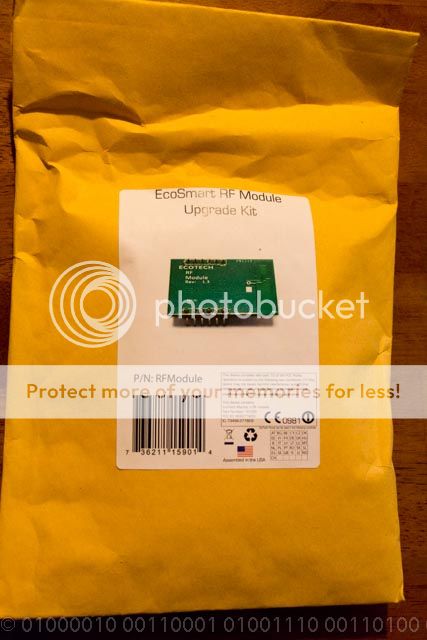
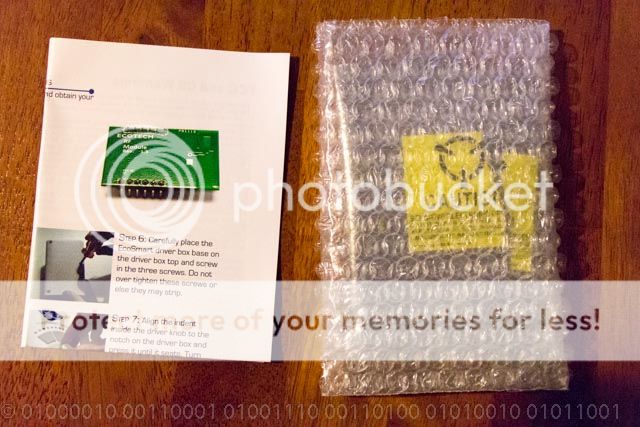
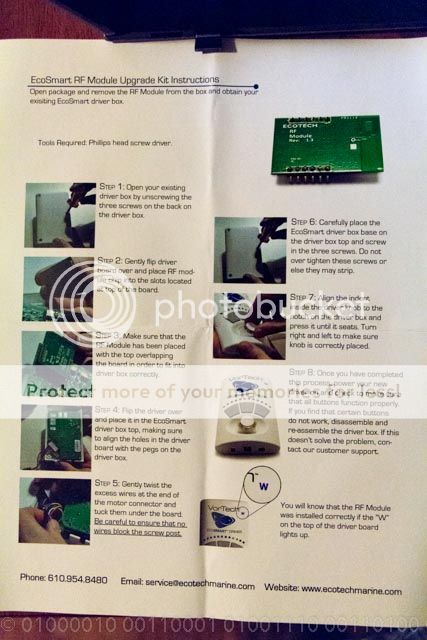
The contents of the overly huge box shipped from EcoTech Marine. One instructional manual and an RF Module contained in an Anti-static bag.
The installation process took less than 10 minutes to complete properly. What is involved is literally removing the 3 screws from the back on the driver. Sliding the circuit board out from the guiding poles and snapping the RF Module into the receptacle appropriately. I installed it wrong the first go and the circuit board would not fit back into the plastic housing. No worries, just remove the RF Module and flip it around. Once done place the control board back into the plastic housing and secure with the three screws and power the unit back on. You will know that the installation was completely successfully because the W will light up accordingly.
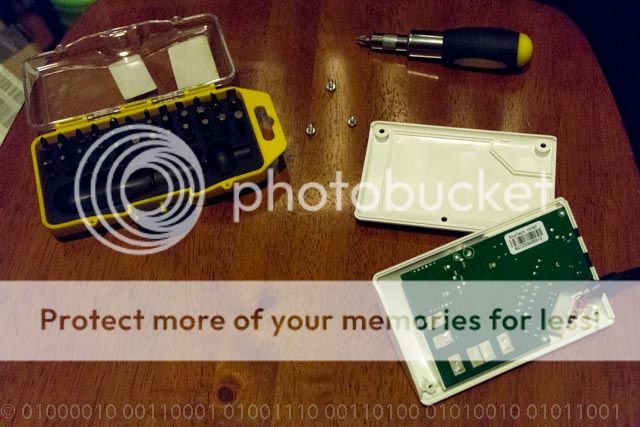
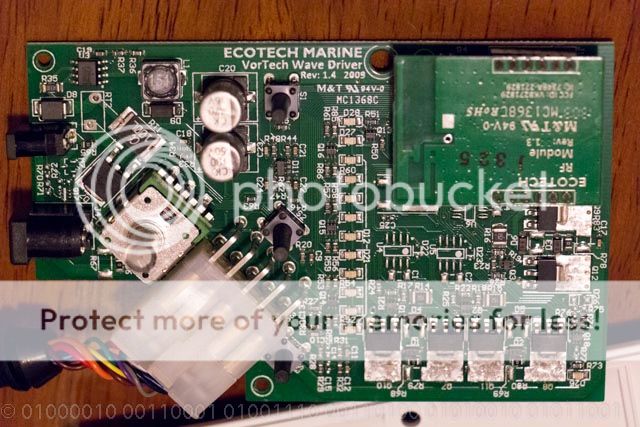
Opening the driver housing and removing the circuit board.
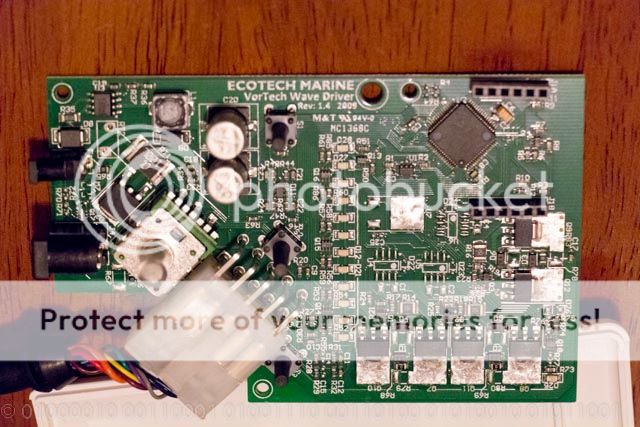
The
socket where the RF Module will be installed.

The RF Module installed incorrectly on the circuit board.
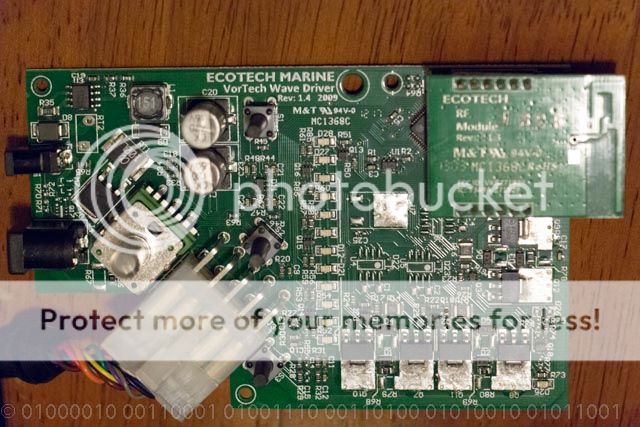
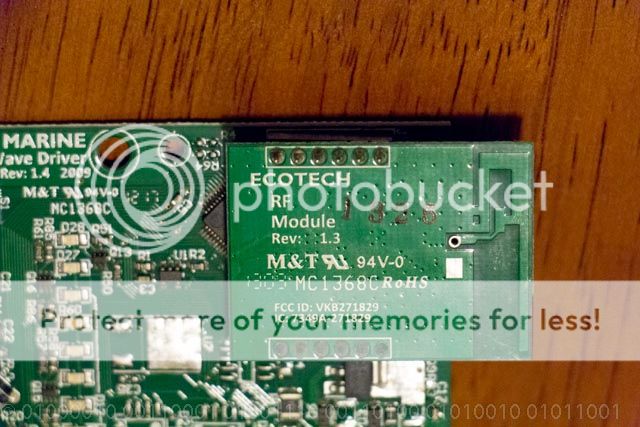
The RF Module installed correctly on the circuit board.
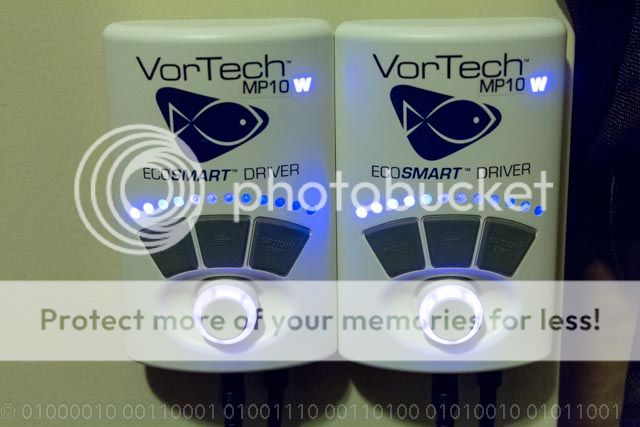
The EcoTech Marine MP10w ES Driver closed and mounted back on my aquarium.
After the installation it was time to synchronize the two pumps, one set as a master and the other set as a slave which is simple enough following the instructions from the pumps manual. So now I can experiment with different settings to see which best suits my aquarium. So far I have managed to increase the overall output of the pumps without causing a sand storm so that is a definite improvement.
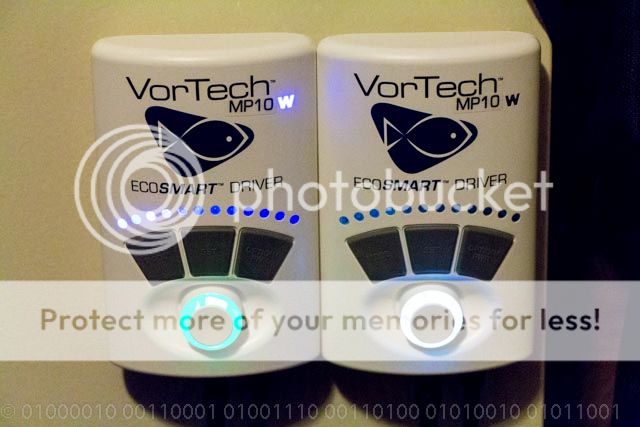
My two EcoTech Marine Vortech MP10w ES pumps synchronized and operating in Tidal Swell Mode. (Please note that the W is actually on, for some reason my DSLR displayed these lights flickering when using the LCD Viewfinder.)

